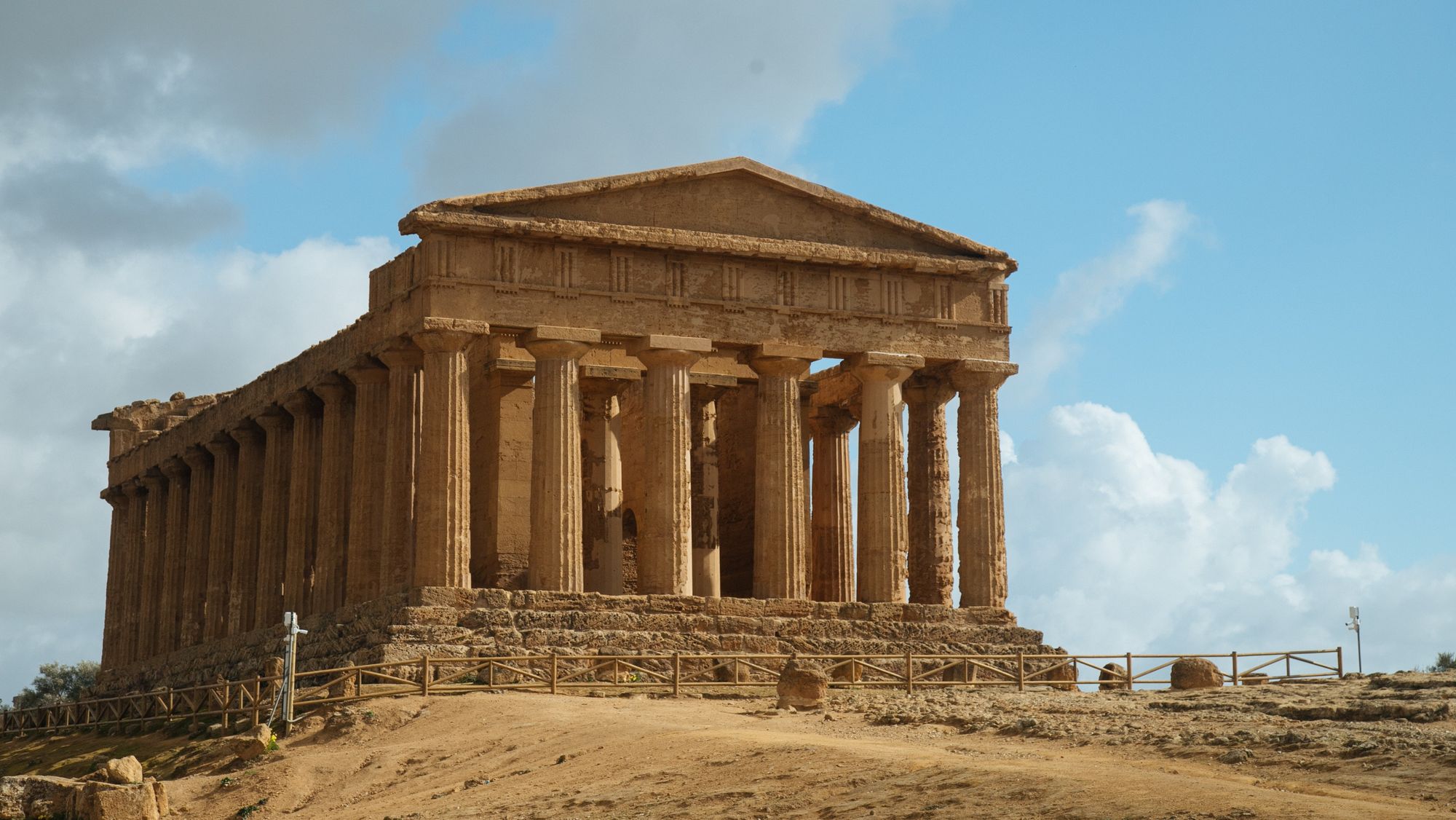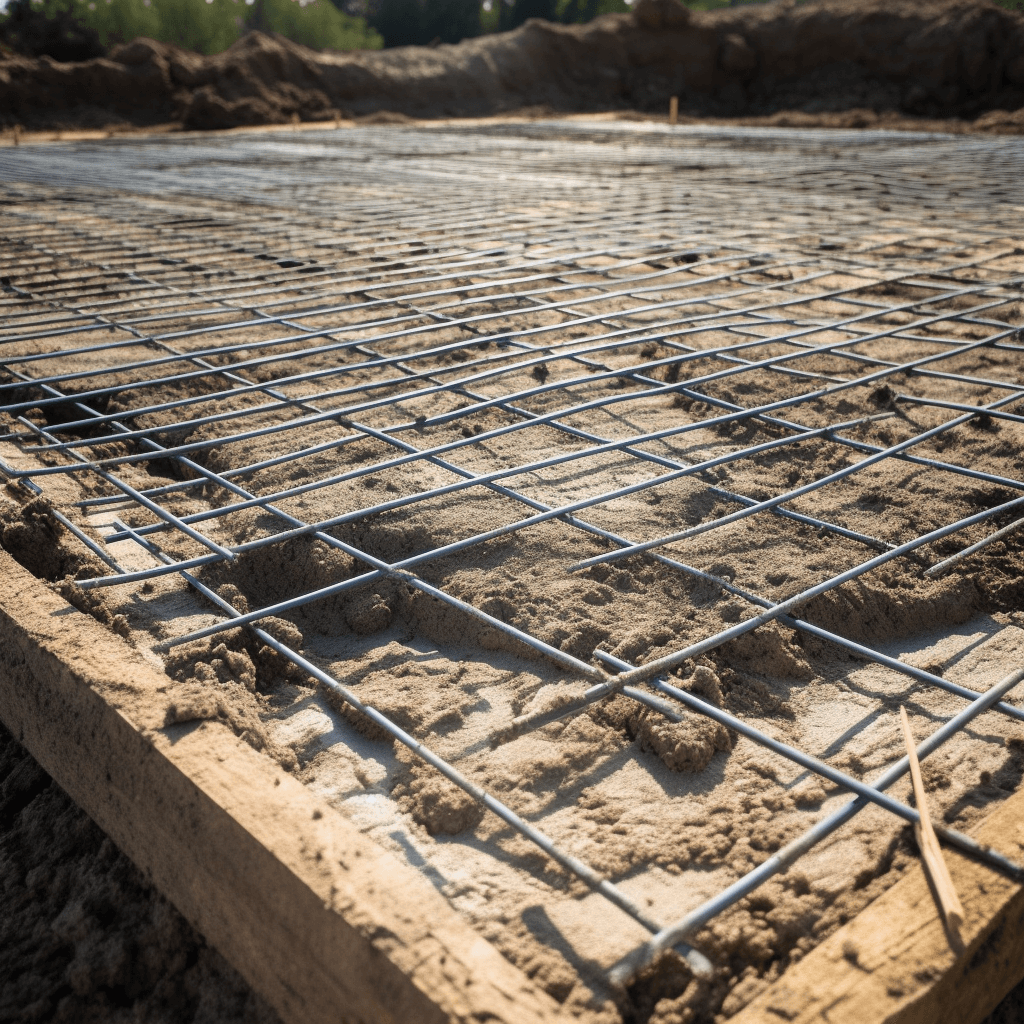
A Look at 5 Classic Buildings that Changed Architecture Forever
Some of the most beautiful and captivating buildings in history have left an indelible mark on the world of architecture. They are timeless pieces that stand as monuments to their creators and the culture they represent. Today, we will look at five classic buildings that changed architecture forever.
The Parthenon (447–438 BC)
The Parthenon is one of the most iconic structures in all of Greece, located atop the Acropolis in Athens. It was built as a temple for Athena, the patron goddess of Athens, and is considered one of the most important examples of Classical Greek architecture. Its influence can still be seen today in many modern buildings around the world; from its use of symmetry and proportion to its intricate details and Doric columns, it has set a standard for thousands of years.
Cathedral Notre Dame de Paris (1163–1345)
This stunning Gothic cathedral is one of France’s most beloved landmarks. Built over two centuries by some of Europe’s finest artisans, it features soaring vaults and arches, stained glass windows depicting biblical scenes, and intricate sculptures throughout its walls and facades. The building’s design revolutionized French architecture—setting a precedent for many cathedrals built in later centuries—and established an entirely new style known as Gothic architecture.
The Cathedral Notre Dame de Paris has been standing for almost 900 years, with its foundation stones being laid in 1163. It was originally built as a Catholic church, though Napoleon Bonaparte later made it a national monument in 1804. Over the centuries, Notre Dame has seen several moments of great significance in European history, from the coronations of French Kings to revolutionary events during the French Revolution. What started out as a much simpler structure grew into one of the most iconic Gothic cathedrals in the world. Despite some losses over the years due to renovations and a destructive fire in 2019, Notre Dame still stands tall today in all its magnificent glory, delighting visitors from around the world who come to witness its unparalleled beauty and elegance.
The Great Mosque Of Djenné (13th century)
Located in Mali, this mud-brick mosque is one of Africa’s oldest surviving structures—and certainly one of its most impressive. Built using traditional African methods such as sun-dried mud bricks and wood poles, it stands as a testament to West Africa’s vibrant architectural heritage. Its unique design—with terracotta tiled domes and columns reminiscent of palm trees—has captured imagination since its construction began more than 800 years ago.
The Great Mosque of Djenné in Mali is an incredible example of unique architecture and a testament to the power of faith. The mosque was initially constructed in the 13th century during the rule of Sunni Ali Ber, the founder of the Songhai empire. From its first construction, it has been continually renovated using traditional techniques, with annual plastering helping to maintain its enormous shape and grandiose façade. Enclosed by 100-foot high ramparts, richly decorated with sculptural motifs and bold bas-reliefs, this site holds immense religious significance for Muslims in Sub-Saharan Africa. Its size and beauty are remarkable; it represents a landmark of West African culture and proudly shines as an integral part of Muslim heritage.
The Taj Mahal (1631–1648)
This exquisite white marble mausoleum—located on the banks of India’s Yamuna River—is enough to understand why it remains one of India’s most beloved monuments today. Constructed by Mughal Emperor Shah Jahan as a memorial for his favorite wife, Mumtaz Mahal, this masterpiece showcases Indian Islamic architecture at its finest, with intricate designs carved into every surface and four towering minarets flanking its entrance gateways.
The Taj Mahal is an iconic structure known for its intricate design and exquisite beauty. But many may not know that this architectural wonder of the world has a long history behind it. Built in the 17th century by Mughal Emperor Shah Jahan, the Taj Mahal was built as a memorial for his third wife, Mumtaz Mahal, after she died giving birth to their fourteenth child. To show his love and admiration for her, Shah Jahan assembled renowned craftspeople from all over India and Central Asia who used precious stones and materials to bring the Taj Mahal to life over years of construction. Today, it remains one of India’s top tourist spots, where millions come each year to bask in the beauty of its marble inlay work and Persian gardens.
Fallingwater (1935–1937)
Located near Mill Run, Pennsylvania, Fallingwater is perhaps Frank Lloyd Wright’s most famous creation; hailed as “one with nature,” this private residence was designed to appear as if it were part of the surrounding woodland landscape than apart from it. With cantilevered terraces extending into midair above Bear Run Creek below, Fallingwater truly lives up to its name — combining natural elements with daring architectural feats like no other structure before or since.
Constructed between 1935 and 1937, Fallingwater is a renowned house built over a waterfall in southwestern Pennsylvania. The house was designed by architect Frank Lloyd Wright for the Kaufmann family and is widely regarded as an icon of modern American architecture. Originally conceived as an operable structure that would move to the rhythm of the waterfall beneath it, engineers deemed the plan unfeasible due to cost and safety concerns. But Wright’s bold vision created an unforgettable landmark. Constructed using native sandstone quarried from nearby Bear Run, it envelops three stories and cantilevers over a stream in striking harmony with its natural surroundings. The achievements of Fallingwater were recognized by its inclusion on the World Heritage List in 2019, cementing its enduring impact on architecture and design.
From ancient temples built thousands of years ago to modern marvels from just over a century ago, these five classic buildings have left an undeniable mark on both their respective cultures and world architecture at large. Each structure has become iconic for its beauty and how well it exemplifies each time period’s unique vision. As we continue looking forward to new advances in technology, hopefully, these timeless creations will remain inspirational reminders that art can be found everywhere — even in our own backyard.

